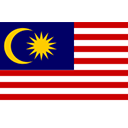The terms "Ōdachi" (大太刀) and "Nodachi" (野太刀) refer to large traditional Japanese swords that are often used interchangeably. However, there are subtle distinctions in their use and connotations.
Ōdachi (大太刀)
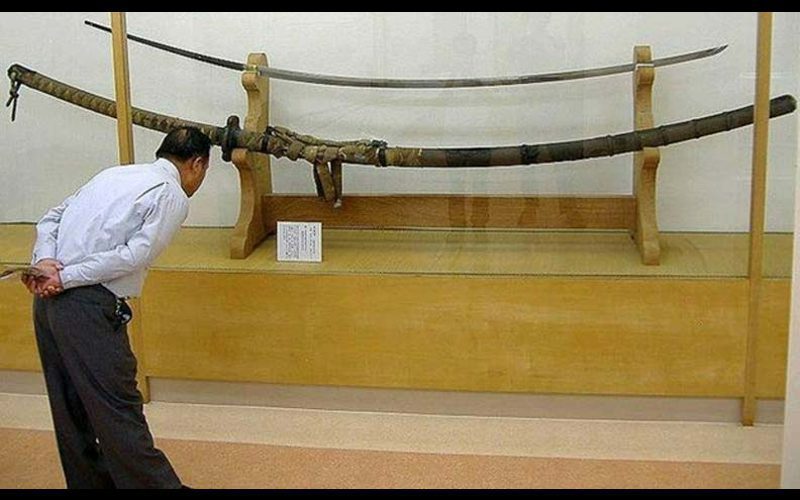
- Translation: The term "Ōdachi" translates to "large/great sword."
- General Characteristics: Ōdachi refers to any long sword, typically with a blade length exceeding 90 centimeters. These swords are notable for their size and impressive appearance.
- Usage: Ōdachi were primarily used on the battlefield, especially against cavalry. Their long reach made them suitable for sweeping attacks.
- Historical Context: During the feudal periods, particularly in the Nanbokuchō period (1336-1392), Ōdachi were popular. They were often used by foot soldiers and sometimes served ceremonial purposes.
- Craftsmanship: Due to their size, Ōdachi required exceptional skill to forge, making them less common than standard katana.
Nodachi (野太刀)
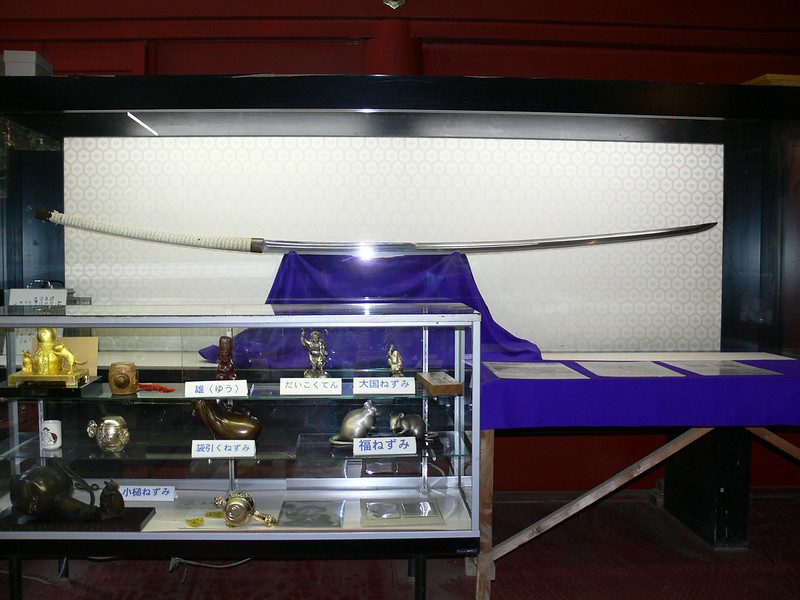
- Translation: The term "Nodachi" translates to "field sword" or "outdoor sword."
- General Characteristics: Nodachi also have long blades, usually over 90 centimeters, similar to Ōdachi. The name implies usage in open fields or battlefield contexts.
- Usage: Like Ōdachi, Nodachi were designed for open battlefield combat. The long reach was advantageous in fighting mounted opponents or in sweeping strikes.
- Historical Context: Nodachi saw usage during similar periods as Ōdachi. However, the name "Nodachi" sometimes implies more specific uses or contexts, such as field battles.
- Craftsmanship: The crafting of Nodachi was equally demanding, and they were less common due to the difficulty in forging and practical limitations in combat.
Key Differences
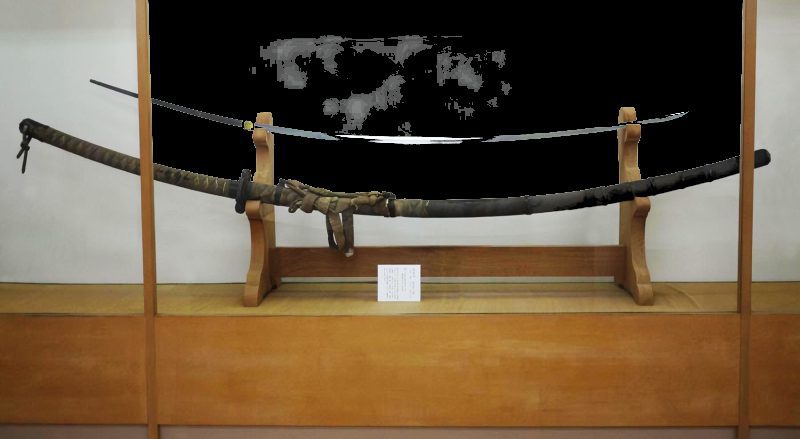
- Name and Connotation: "Ōdachi" emphasizes the size of the sword ("large sword"), while "Nodachi" emphasizes its use in the field or open battle ("field sword").
- Usage Context: Although both terms describe similar weapons, "Nodachi" may imply a more specific battlefield context.
- Interchangeability: In modern times, the terms are often used interchangeably, and the distinctions have become less pronounced. Both refer to large, impressive Japanese swords used historically in warfare.
In essence, while both Ōdachi and Nodachi describe large Japanese swords with similar characteristics, the differences lie more in their names' connotations and subtle historical contexts rather than in substantial differences in the swords themselves.
Discover more about these fascinating weapons and explore authentic mastercrafted swords at Spartan Blades Club.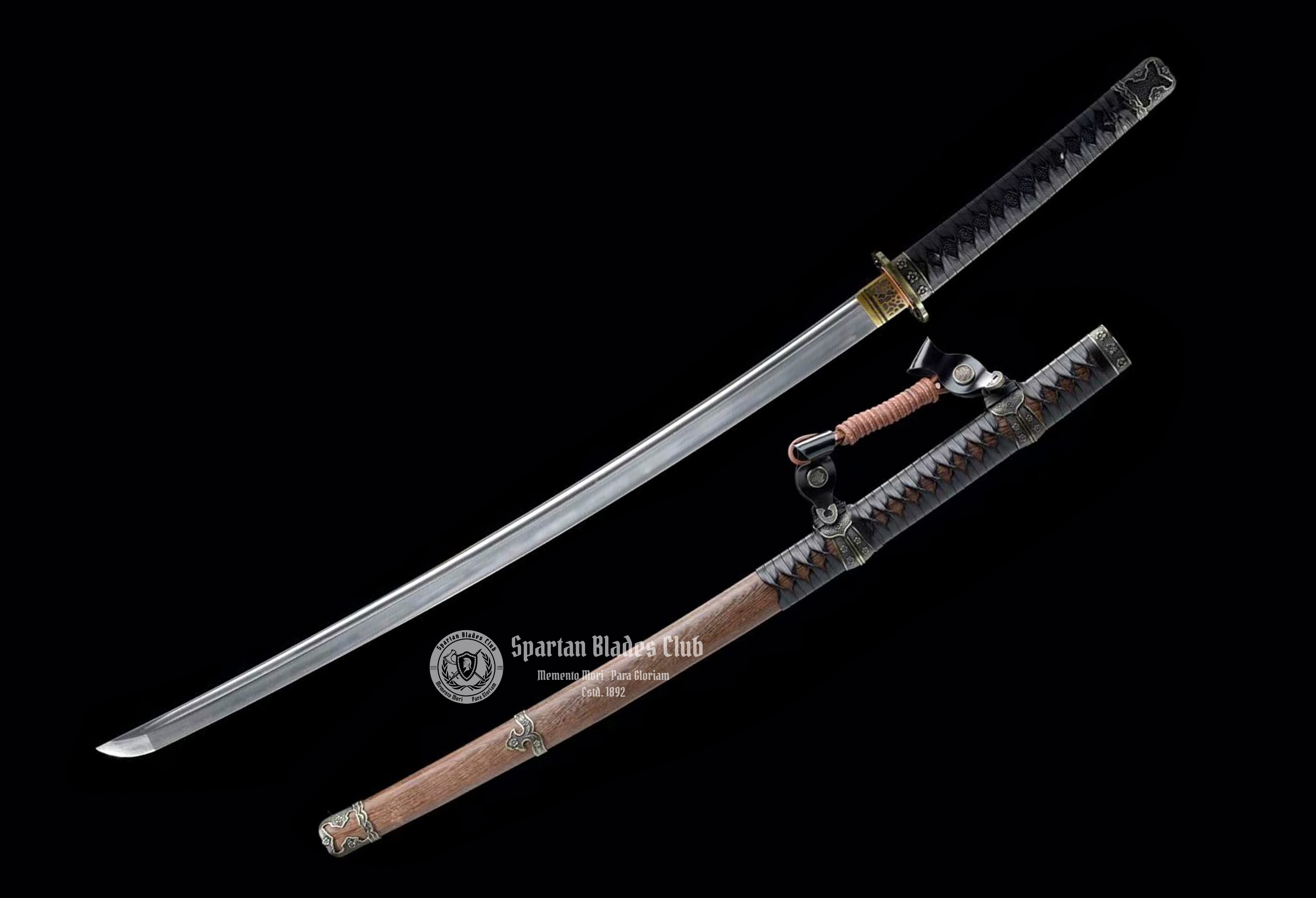


 USD
USD







